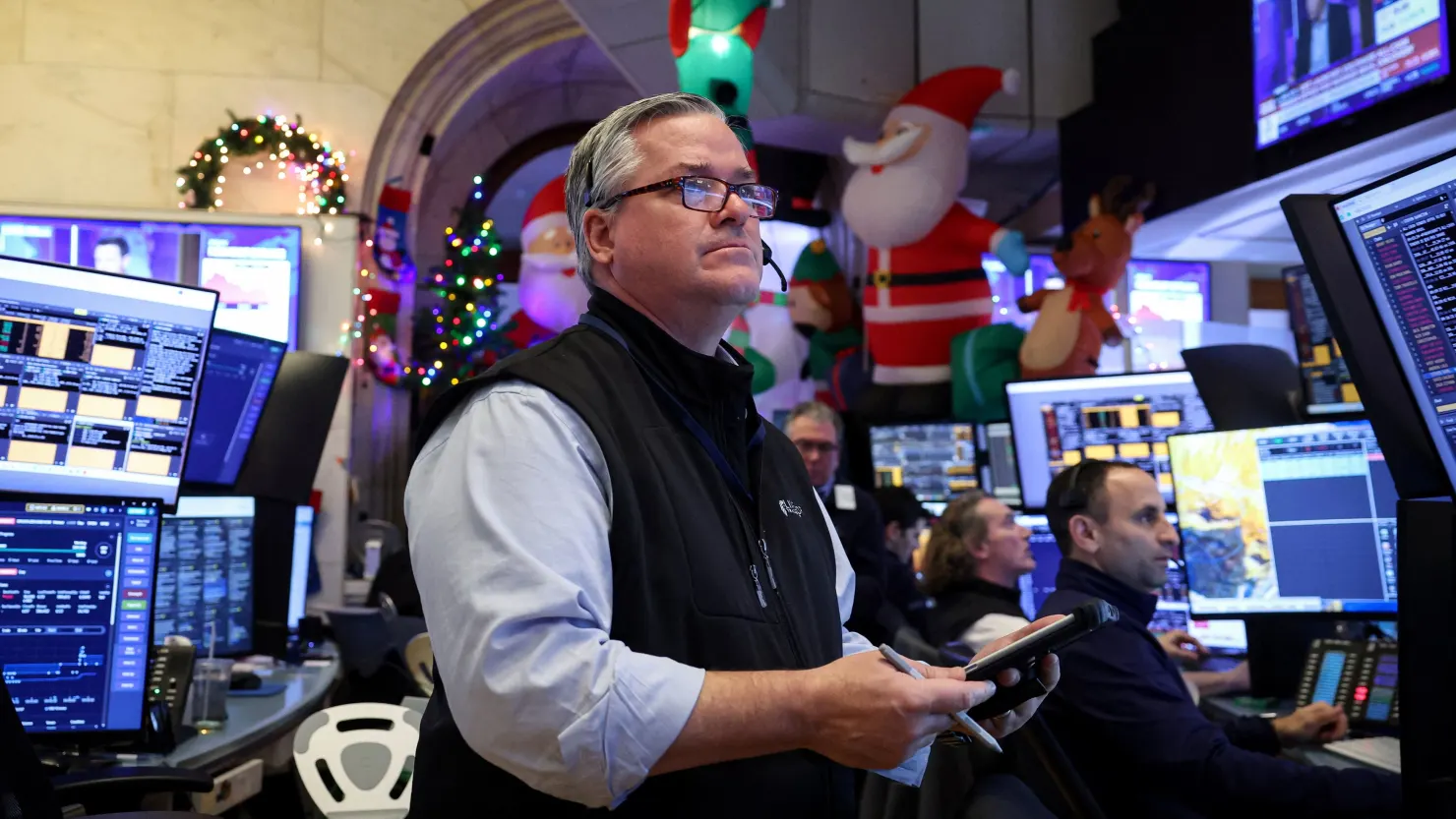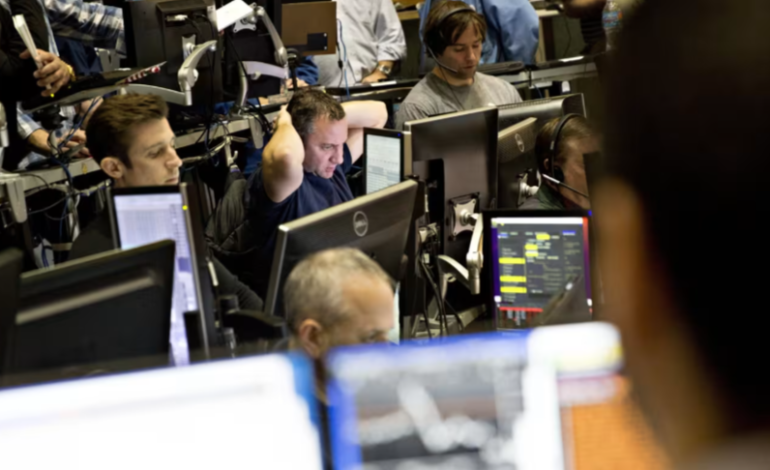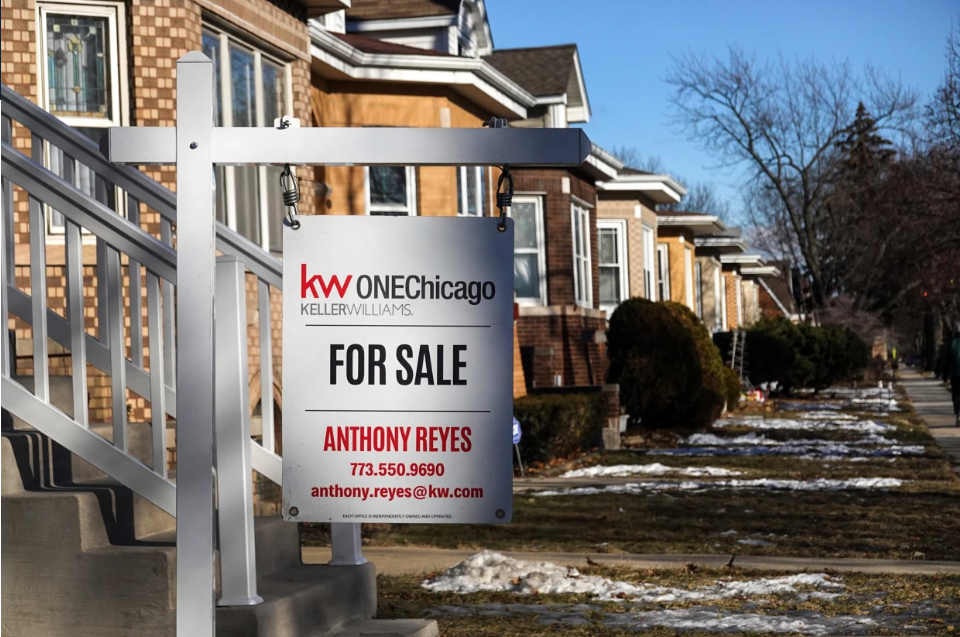The global stock-market selloff is intensifying, with the United States currently leading the way.
Recent movements in the Cboe Volatility Index (VIX) have sparked concerns, indicating rising uncertainty and heightened risk in the financial markets. The VIX, often referred to as the “fear gauge,” surged last week, reaching its highest level since early 2020, when the market was reeling from the initial shock of the COVID-19 pandemic.
This surge in volatility expectations has been most pronounced in the US compared to other regions, such as India, South Korea, and Australia. The VIX recently surpassed the levels seen in Europe’s VStoxx Index and the HSCEI Volatility Index, which tracks Chinese companies in Hong Kong. Notably, the sharp increase in the VIX took place so quickly that it now stands at its highest level since March 2020, particularly in relation to its second-month futures. This move has been interpreted as a sign of market capitulation, a term used when investors give up hope and sell off assets, often leading to sharp declines in asset prices.
Technical strategist Jonathan Krinsky of BTIG Plc noted that the sudden jump in the VIX is indicative of a panic-like sentiment in the market. He suggested that, when markets enter what he calls the “capitulation zone,” they often move beyond expectations, sometimes leading to even steeper declines. The strategist went on to predict that further declines in the US stock market could be likely, especially after the S&P 500 Index fell to a level that was roughly 8% below its 200-week moving average. Such a level has historically been seen as a sign of a significant market downturn, with only two instances in the past 40 years where the index sustained breaks below this mark—during the 2000-2002 bear market and the 2008-2009 financial crisis.
Krinsky added that the VIX curve inversion, a signal that short-term volatility expectations are significantly higher than longer-term expectations, is also a sign of “panic” in the markets. This inversion, along with the sharp increase in the VIX, reflects growing anxiety among investors as the global market rout accelerates.
The VIX, which tracks expectations for stock market swings over the next 30 days, recently surged to nearly 18% higher, hitting around 53. Early Monday trading saw the index spike above 60, a level not seen since the global financial crisis of late 2008 and early 2009, as well as the early 2020 market collapse triggered by the pandemic.
Typically, the VIX moves inversely to the stock market, rising when market declines increase investor fear. As the VIX rises, investors often seek protection for their portfolios through options, driving up the price of these financial instruments and further boosting the VIX. The index has averaged just above 19 over the past decade, with its highest intraday level of 89.53 reached during the peak of the 2008 financial crisis.
With input from Bloomberg and the Wall Street Journal.










The latest news in your social feeds
Subscribe to our social media platforms to stay tuned